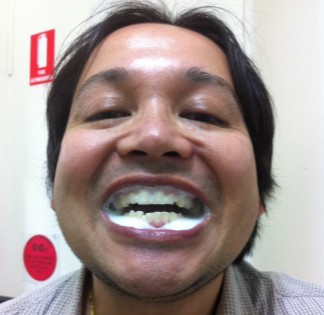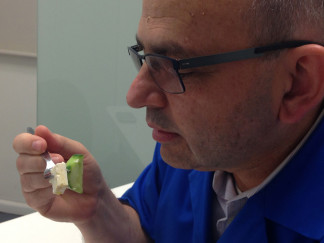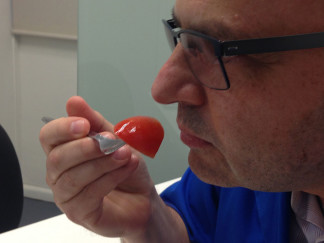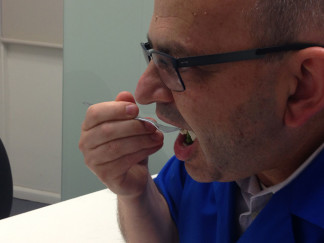Need an Appointment?
If you'd like to book an appointment with the dentist at Seymour Dental then contact us, or call us in Dulwich Hill, Sydney on (02) 9564 2397.
The tongue detects basic tastes, but the nose, with hundreds of receptors for chemicals that evaporate off food, adds more to the flavour. The brain draws on ALL the senses and past memories to construct an intricate “flavour image” that lingers in the memory. Ready for next the experience! The brain drives everything to create the perception of taste and flavour.
Anticipation
A flavour experience begins with a past memory of a meal. This triggers the dopamine rewards part of the brain. This leads us to crave for the flavours. We then salivate!
Multiple Sensory Inputs
The brain now is ready for the pleasure as it begins to receive sensory inputs from seeing the colours, and the shapes and as we move it to our mouth and inhale all its aromas.
Sounds Delish!
We start to chew. We hear the sounds of the food. Is it crunchy, gooey, or crispy? The taste buds pick up the sweet, salty, sour, bitter and umami. (Hopefully no MSG!)
Flavour Created by the Merging of all Sensations
Volatile chemicals evaporate off the food as we chew and swallow it, and as we exhale, end up at the rear of the nasal cavity. The brain combines all the sensory input from all the senses to gives us the experience of flavour. We may think comes from the mouth, but most of it comes from the receptors in the “retronasal” that pick up smells from the food as it passes by.
So we have memory, movement, sight, smell, sound, touch, taste and dopamine merging together to gives us flavour.
The brain then builds up a memory that then gets us ready for the next, hopefully wonderful, experience.
I wonder if a photo of food posted on Facebook will increase my Dopamine levels?
Next week: Blog Series – Infection Control
 479 Marrickville Road
479 Marrickville Road


